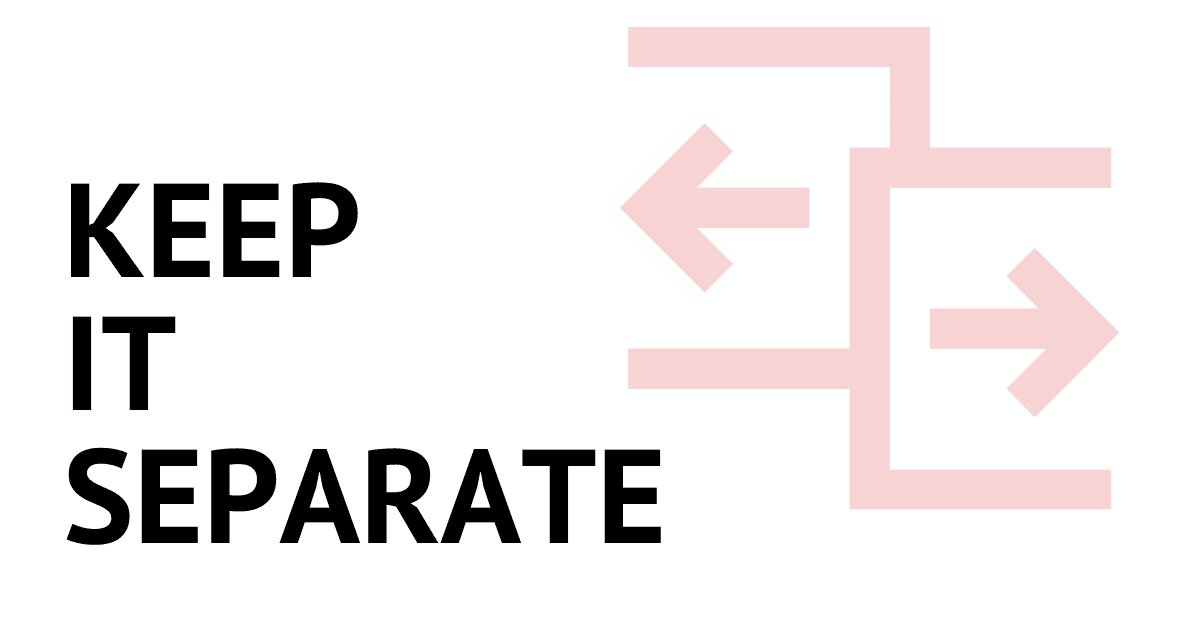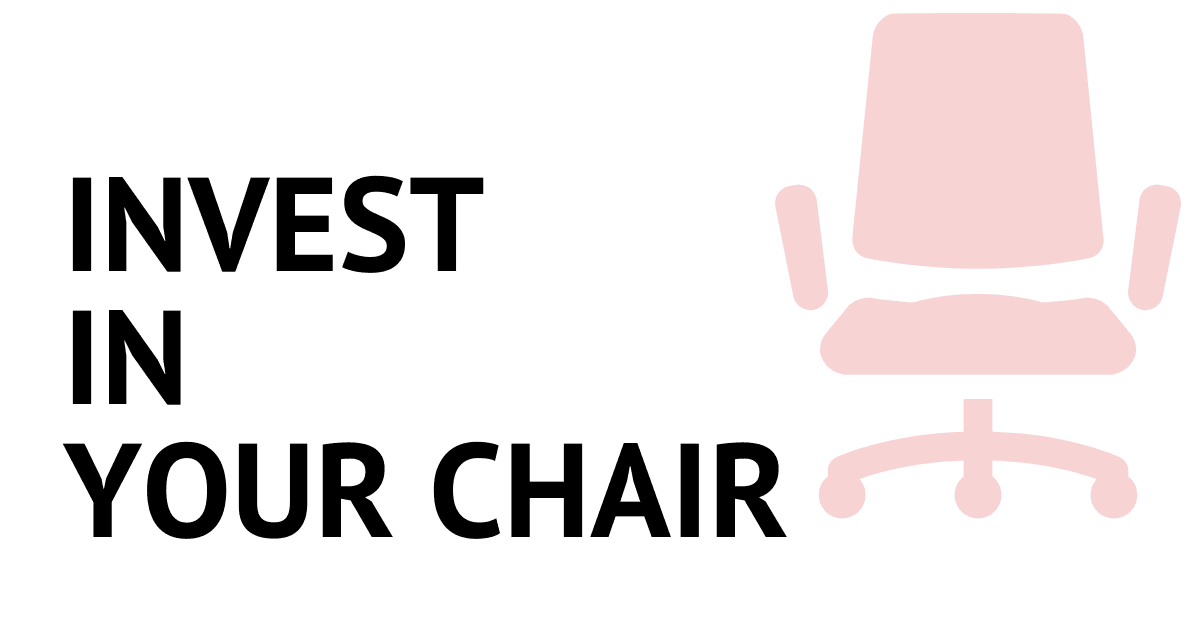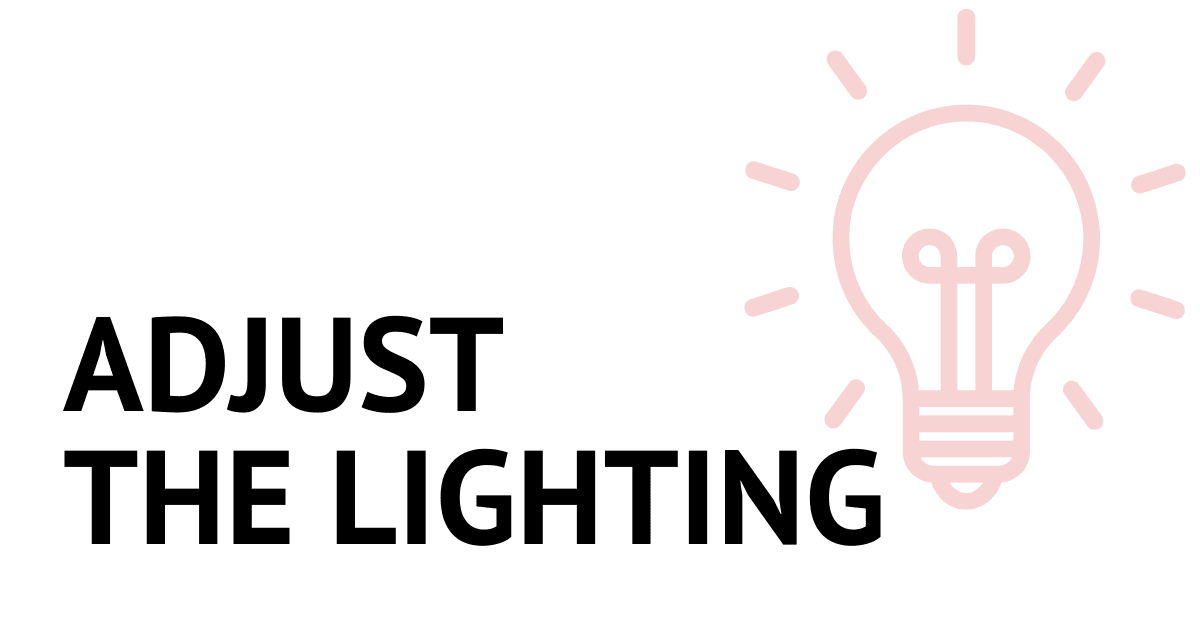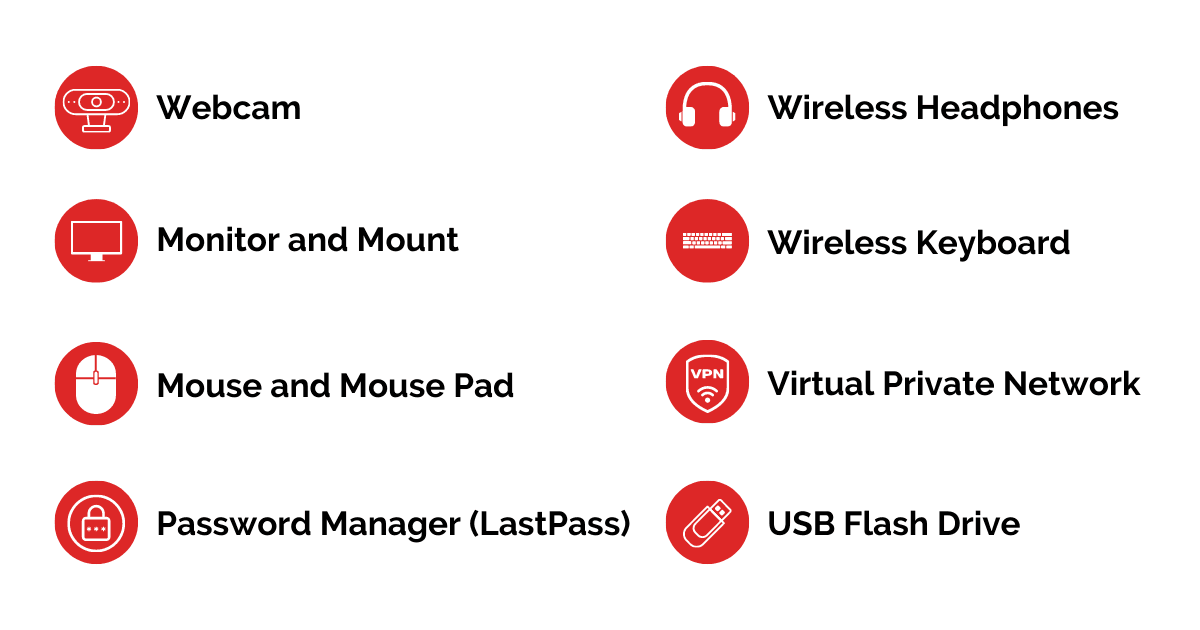How To Organize Your WFH Workspace For Maximum Productivity
Are you struggling to focus while working from home? Check out these tips for creating a productive and organized WFH workspace.

Sep 11, 2022
Your work-from-home (WFH) workspace needs to be in tip-top shape in order to maximize productivity. Being productive when you’re working from home can seem simple. Probably because WFH has become so commonplace. 58% of Americans have the opportunity to work from home at least one day a week. And 35% can do so five days a week. Much of this change is attributed to the COVID-19 pandemic. This spurred companies around the world to accelerate their shifts to remote and hybrid work models.
Maybe your home already has a dedicated office space. Or maybe you’ve converted a spare bedroom into your makeshift cubicle. Whatever the case, it can be hard to focus... Especially when you’re logging into Zoom calls with your bunny slippers on.
Thankfully, there are a few simple tricks that can improve your concentration and help you remain on task. Today, we’re sharing how to organize your workspace to minimize distractions and maximize productivity.
1 - Keep Your WFH Workspace Separate
Sure, it can be pretty fantastic to clock in from your living room couch. However, while you might be cozy and comfortable, you’re also inches away from the remote control. Plus, there’s the laundry room down the hall. And that hamper is full of clothes you need to wash. Also, dishes that need to be done. You're sure vacuuming the rug will only take a few minutes…
The point is, that working in the same places where you sleep and eat can make it very difficult to concentrate. If possible, set up your WFH area in a room that’s separate from your main living spaces. It doesn’t have to be a huge suite. Just make sure you have enough room for a desk and all of your requisite accessories, including a computer.

You also need the ability to completely separate your personal and professional life. Ideally, the room should have a door that can shut and lock. If you can’t carve out a space just for an office, think about any rooms that could pull double-duty. Maybe a guest room or even an enclosed porch.
Living in a 1-bedroom or working from a smaller living space? The authors of this piece are right there with you. Pro tips for this setup can be getting a small separator to make your desk feel like its own space. In a living room? Use a curtain or even a small area rug to 'designate' office space. Another common tactic? Investing in a pair of headphones can be a helpful tool in a compact environment. Noise-canceling headphones or blasting music loud enough in regular headphones can create that separation from the outside world needed to make a corner desk feel like a corner office.
Differentiating your space will keep your home life out of work, but also keep work out of your home life. It can be easy to just wrap this last thing up” when it’s already an hour past EOD. Best to leave work at your desk, and your home life in the rest of your house.
2 - Invest in a Good WFH Chair
Have you ever peeled yourself out of your office chair after a long day to find that your back aches? Sitting for long periods of time can wreak havoc on your spine, and can even endanger your long-term health.
An ergonomic office chair can help alleviate strain on your pressure points. It should provide the lumbar support you need to stay comfortable all day long. It’s still a good idea to get up, stretch your legs, and walk around every half hour or so. Give your back and eyes a break.

And if you have them, take advantage of those health benefits. No matter how comfortable your chair is, sitting from 9 to 5 every day can take its toll. Chiropractic, massage, and physiotherapy appointments are often covered by your workplace. Make sure to check your plan and use them to keep your body in optimal condition!
3 - Choose the Right WFH Workspace Set Up
Most experts recommend a desk that sits 29” from the floor to the top of the work surface. However, that’s just if you’re writing on paper. If you use a desktop computer, you’ll need a desk with a keyboard tray that sits about 1" to 2" lower than the desk.
Not sure if your desk is at the right height? Give it the forearm test. When you sit up, the top of your wrists should be on the same plane as your forearms. Your arms shouldn’t bend up or down as you type. Bending your wrists for a long period of time can cause injury and strain. Make sure your fingers dangle slightly downward instead.

Try to offset the negative health effects of sitting for a long period of time. You may also want to consider a standing desk. Some traditional desks can even convert into a standing model. This way, you can keep your circulation going and engage in gentle movement throughout the day rather than remaining sedentary. Throw a walking treadmill under there and you'll have an easy 10k steps in before your 11 AM meetings.
4 - Ensure Strong Internet Connectivity in your Workspace
Most of us have been there. You log into a video call and suddenly, your screen freezes… and usually at the worst possible angle or moment...
Most areas have access to at least one high-speed internet provider. However, don’t assume that you’re getting great service just because you sign up for a name-brand plan. Understand the details and know how to make adjustments as necessary. At a minimum, you will likely need at least 50Mbps. Are there multiple people in your home, or if video calls are a big part of your job? You’ll need to go higher.

Check your bandwidth! This is the speed at which information is sent back and forth. If you’re just doing standard office work, you may be able to get by with a basic Wi-Fi connection. If you're uploading and downloading many large files all day, connect your computer to your router the old-school way. Use an Ethernet cable.
5 - Adjust the Lighting in Your WFH Workspace
Still flipping on that overhead switch every time you walk into your home office? While those recessed lights can help illuminate the space, they shouldn’t be your only light source. Most rooms, including this one, should have three different types of lights.
Light types include…
- Ambient lights
- Task lights
- Accent lights
Ambient lighting is also called general lighting. It’s designed to act as the primary light source for the room. This can include ceiling-mounted or recessed lights, as well as track lights, wall sconces, and ceiling fan light kits.
Task lights are designed to focus light on a specific function. For example, you might add a table lamp to your desk to help brighten up your workspace and provide some direct light on your keyboard and workspace in the morning or evening hours. Accent lights aren’t always required in a home office. But you can use them to draw attention to a special focal point. Maybe a piece of art or a bookcase could use a little shine.

Of course, the best kind of light is natural light! If you have windows, try to arrange your layout in a way that allows you to take advantage of them. To reduce glare on your monitor, add roller shades or curtains. And avoid placing your computer too close to your desk lamp.
Migraines are very common when you work at a screen. Make sure you’re taking those eye breaks and wear the right prescription glasses with a blue light filter. Set up the lighting in your house to keep eye strain to a minimum.
6 - Research Other WFH Workspace Gear

The above covers most of the basics. There are also all types of other tools and accessories you can use to maximize your WFH productivity.

You might not need all of this gear or software. But, it’s always a good idea to check with your employer. The better you prepare now, the less you’ll need to scramble down the road. Many of these items are easier to find now that more people have embraced a remote work setup.
Create a WFH workspace that allows you to work better and harder than you ever did in the office. The key is to arrange the space in a way that allows you to settle in and focus.
Use these tricks to create a home office you love to use. You’ll notice how your productivity and performance naturally improve.
Looking to make a career change and start working from home in tech? We're here to help! Uvaro offers online courses and workshops designed to help you take control of your career, starting today. Download our Career Success Catalog to learn more about our extensive offerings. Then, check out our current courses to join our online learning community and get started!





